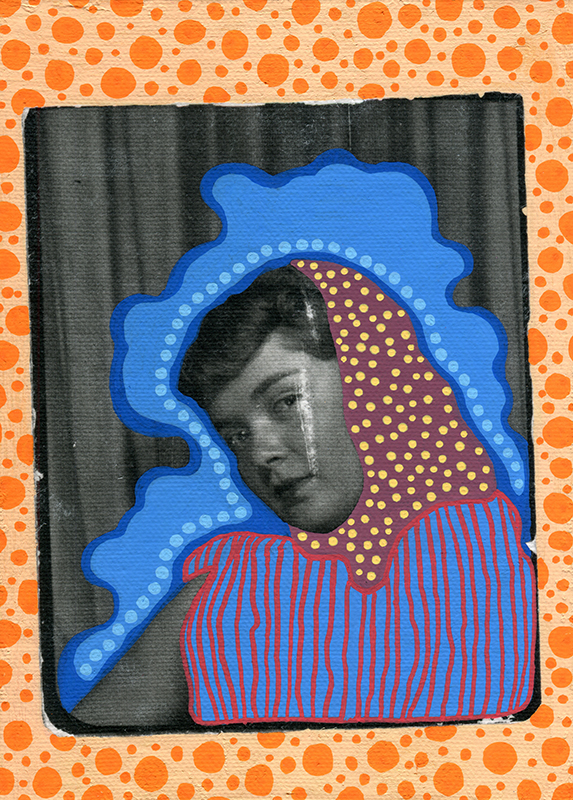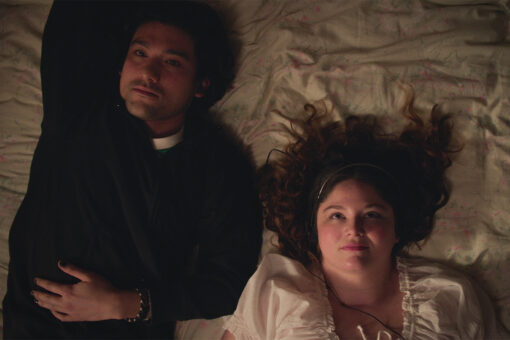During college, I simultaneously felt too Jewish and not Jewish enough. Jews made up a tiny percentage of the school population, and I only knew of three or four religious Jews (though this number grew somewhat during my senior year, when the secular Jews began observing Shabbat, became more vocal about being Jewish, and our Hillel became more active). I often felt that the Jewish part of me was not understood by my non-Jewish friends. Whether I was using a Yiddish word, talking about a Jewish food, or mentioning something about a Jewish ritual, I had to explain myself, which I had never really had to do before.
I did not grow up in a religious household, but we were pretty culturally Jewish and it felt like we knew all of the Jews in central Indiana. I had always felt like Judaism was a huge part of my identity. Even in elementary school, I would mark “Other” and write in “Jewish” when asked to designate my race/ethnicity. I just felt that the other categories listed didn’t describe me.
Despite my strong sense of Jewish identity at an early age, I always wanted to be “more Jewish.” I begged my parents to send me to Hebrew school, and by the time I was 9 I decided to dress modestly (though at the time I did not know that dressing in long sleeves and long skirts was called being “modest”). Alas, I wasn’t sent to Hebrew school, because my parents were too busy and it would have been too difficult to coordinate with my ice skating practices. My knack for modest clothing didn’t stick until recently, and in reality, I was always getting in trouble for dressing immodestly.
My yearning to be more Jewish manifested in college as not feeling Jewish enough. I didn’t feel as Jewish as the Chabad family at a nearby school, nor as Jewish as the kids who grew up religiously Jewish. As an art history student, I noticed that only artwork dealing with overt Judaism — like religious observance or synagogues — was considered “Jewish art.” I realized that if my life were portrayed in artwork, despite my Yiddishisms and strong cultural identity, it wouldn’t be labeled Jewish at all.
And then there’s now. I feel “too Jewish” when I wear a tichel (head covering) or a skirt below my knees with a long-sleeved shirt. I feel “too Jewish” when I wear jewelry with Stars of David, hamsas, or chai symbols. During Passover I got this feeling when I brought matzah and haroset with me to grad school. Yes, classmates (Jewish and non-Jewish) asked what I was eating, but this feeling was, as it usually is, self-imposed. I don’t see others eating matzah or talking about being Jewish, so I have become incredibly aware of when I do it. I feel self conscious about appearing “too Jewish,” both in Jewish and non-Jewish communities.
Continuously throughout my life, I have felt this push and pull of being not enough and too much. I’m too creative to be an art historian and too rigid to be an artist. I’m too liberal for my conservative (though realistically they are still Democrats) peers and too conservative for my liberal peers. I’m too Jewish for my non-Jewish friends and not Jewish enough for my religious friends.
I could list forever the things that make me feel not enough and too much, but I’m not writing this to complain.
I’m writing this to acknowledge that despite these feelings that so many of us have, we need to tell ourselves that we are enough. I am right where I need to be, and I will adapt when and how it is right for me. I am enough and I am not too much — and believe me, you are, too.
Header image via Naomi on Flickr.



